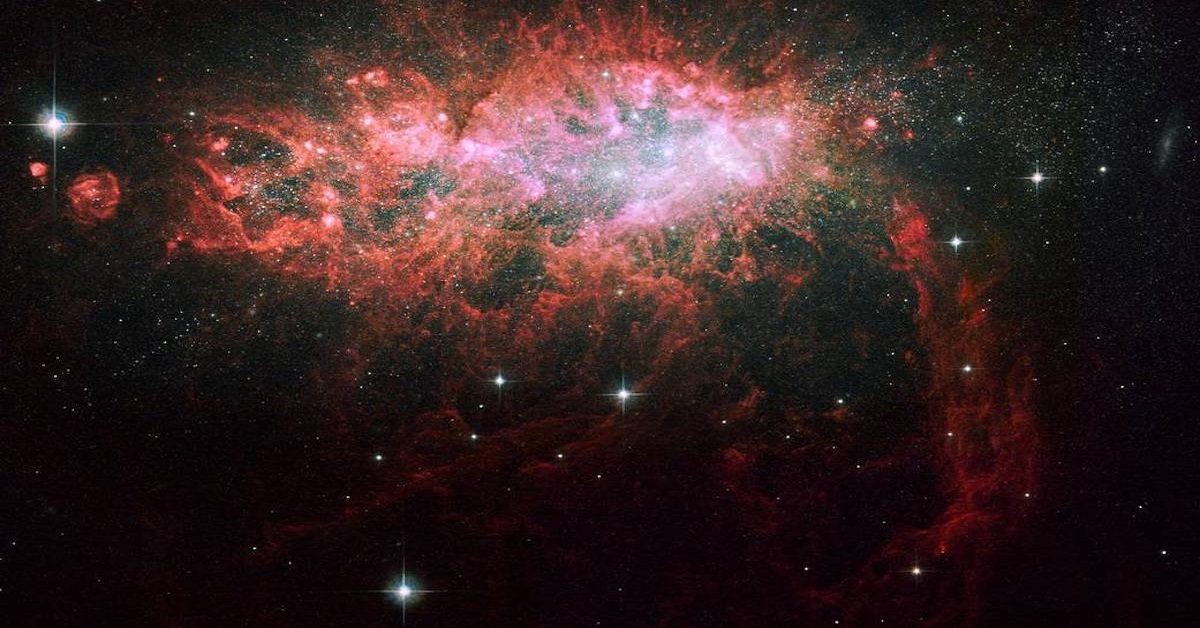|
Getting your Trinity Audio player ready...
|
The Colca Canyon in Arequipa has evolved into a substitute location for a scientific observatory to find neutrinos, the most enigmatic and least understood particles in the universe. These intangible elements move through the universe and through living things. Carlos Arguelles, a physicist from Peru, claims that comprehending their dynamics will help us comprehend how the universe may develop.
The Colca observatory project, known as Tambo (Tai Air-Shower Mountain-Based Observatory), was conceived by Carlos Arguelles. The PhD physicist joined Harvard University’s faculty in 2020, and in 2021, he was awarded the Young Scientist Prize in Astroparticle Physics by the International Union of Pure and Applied Physics (IUPAP). This is a result of his work and performance in the study of astroparticles like neutrinos. In search of the ideal location for the Tambo observatory installation, Arguelles and his team traveled this week to the Colca valley in the Caylloma province.
The team chose a location near the Tapay district after stopping at several locations throughout the valley. It is a location with the necessary conditions to install the observatory due to its geographic features and service availability. According to Arguelles, there are only three canyons in the entire world that have the geometry and volume of matter required to capture neutrino interactions. The Colorado Canyon in the United States, the Colca Canyon, and one are all in different countries.
This is the rationale behind the selection of the Cayllomina province’s canyon. You can see what researchers are looking for—a V-shape—if you draw fictitious lines over the terrain in the vicinity of Tapay. A mountain, for example, contains a lot of matter, so a neutrino traveling through it will strike the atom and interact with it to produce a cascade of particles, the physicist explained. The cascade will continue beyond the mountain and release radiation and light. Tambo seeks to document that exchange.
The Peruvian physicist’s team is working on a simulation of the project at Harvard University, which will make use of water tanks and plastic scintillator panels. The installation of 10,000 sensors is also part of it. The materials to create 10 sensor units are available in the lab at the prestigious US university. They intend to install these ten by 2023 to run operational tests. The Pontificia Universidad Católica del Per and the Universidad Nacional de San Agustn are both contributing to the project. In order to make the project feasible, more universities should participate, according to Arguelles.
Fundamental physics problems of the utmost importance can be solved by studying neutrinos. According to Arguelles, it is known that protons and electrons make up 25% of the matter in the universe. We don’t really understand dark matter, which makes up the remaining 75% of the universe. “The particles that might be related to dark matter are neutrinos. We can learn about dark matter by understanding the neutrinos coming from space, where we know there is dark matter “the scientist claims. Within three years, it is anticipated that Tambo will observe 15 tauonic neutrinos, the least studied and most challenging to detect.
Arguelles emphasizes that the project will have significant social, technological, and even touristic effects in addition to its importance for science. “When we construct the Tambo observatory, the people who live in the valley will be able to be happy that they have it and appreciate its value. This can only be accomplished through educational initiatives, in which our scientists would visit schools, give talks, and generally advance local education “He commented. In this province, a gamma-ray observatory that will soon be operational in the Patapampa sector of the Yanque district is also being evaluated.
The project’s initiator is Peruvian physicist José Bellido Cáceres, who works with the UNSA and is currently a professor at the University of Adelaide in Australia. It will be possible to study gamma rays, which are similar to light but have a different color, thanks to the Southern Wide Field Gamma Ray Observatory (SWGO). José Bellido stated, “These are rays that our eyes cannot see, and we want to detect those with the highest energy.” To begin with, the altitude and level terrain of this southern hemisphere location were factors in its selection. Both Yanque and Imata fit these criteria. However, it has been determined that it should be the starting point.
The project is still in the design phase, and Australia-built detectors are being shipped to Arequipa to be tested there. Germany is producing the sensors and electronics needed for data acquisition. Bellido stated that the prototype, which consists of 4-meter-high water tanks, is anticipated to be built in Yanque between January and February. An observatory like this, according to the scientist, will enable the creation of new knowledge and understanding of the world we live in and the origins of gamma-ray energy. The theories explaining how this radiation is produced are “very limited,” he said, “especially in the center of the galaxy, where there is a big black hole that attracts everything around it and it seems that this emits a lot of radiation.”


